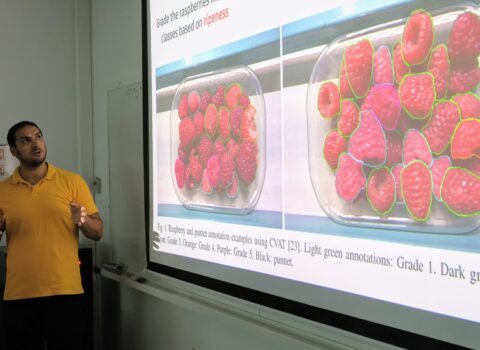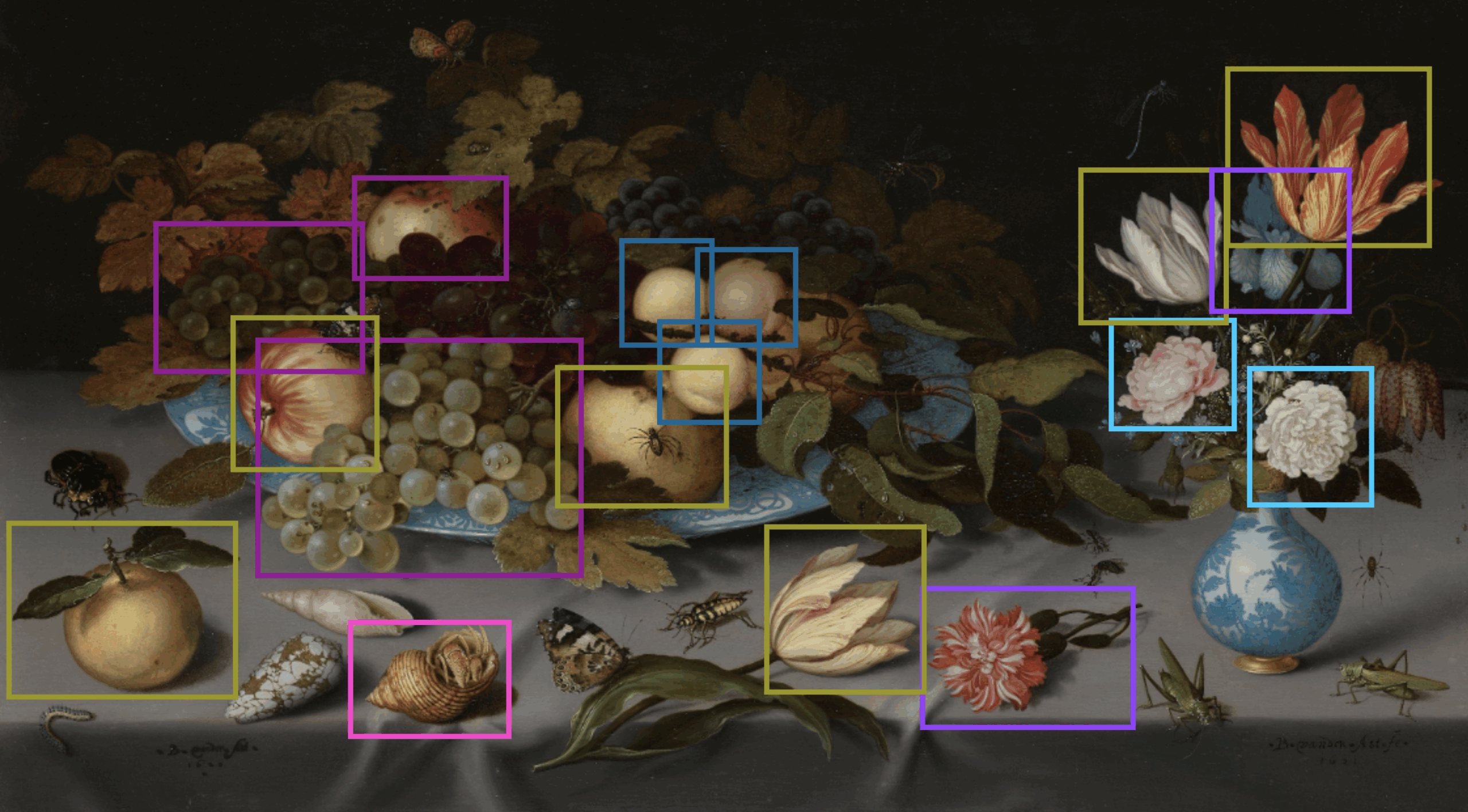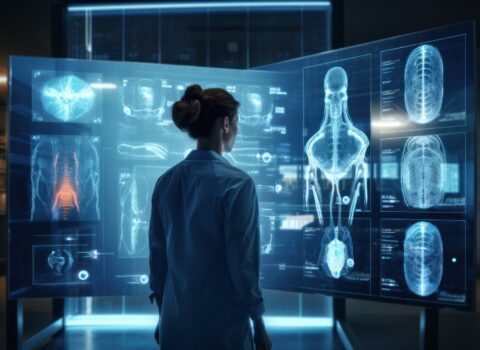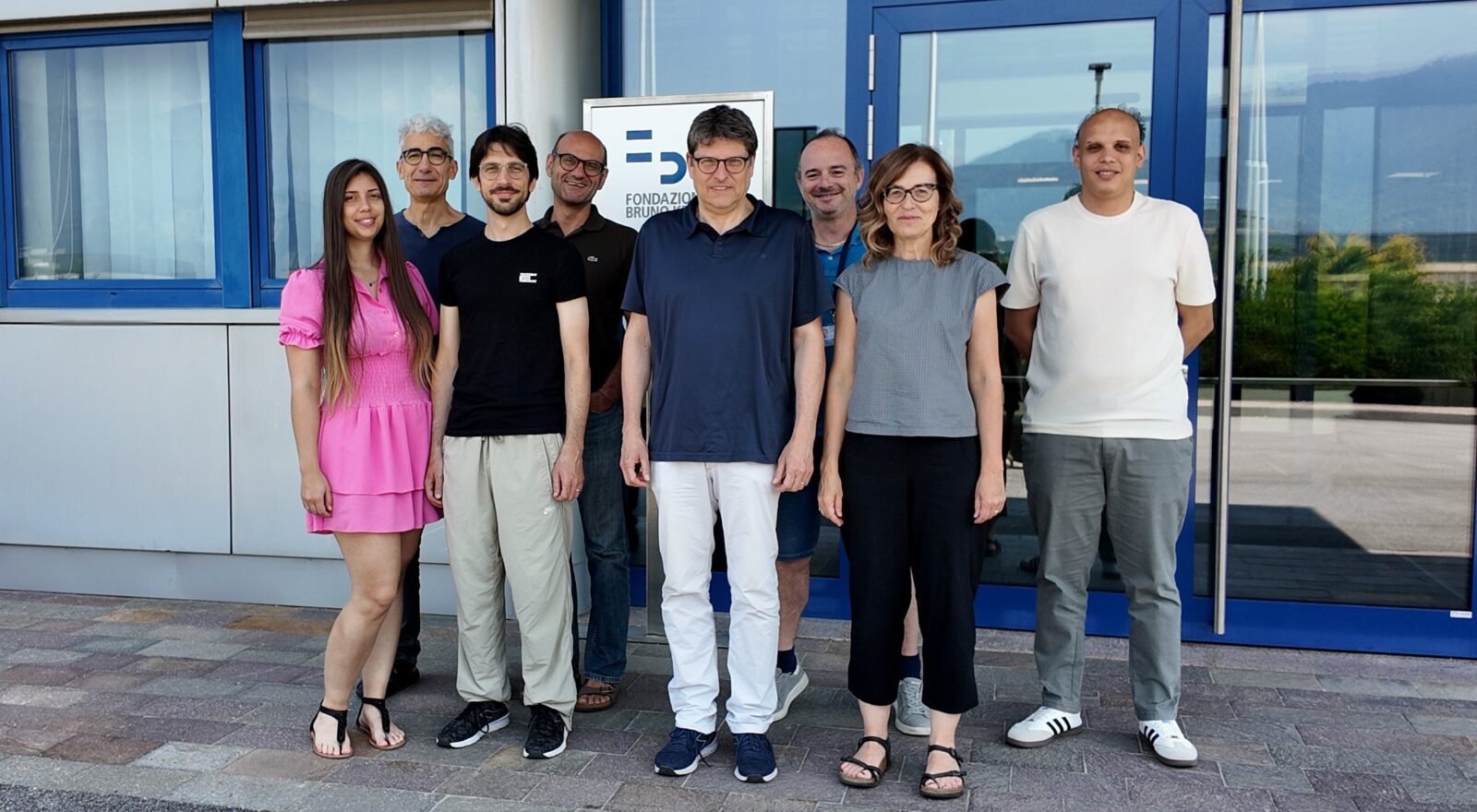
Latest articles
-
 June 18, 2025Artificial vision applied to the food industry: RaspGrade is hereResearchers at FBK, in collaboration with the berries company Sant’Orsola di Pergine in Trentino, have developed a system that can automatically classify—non-invasively and in real time—the ripeness level of raspberries. The project was officially presented on June 18 in Valencia.
June 18, 2025Artificial vision applied to the food industry: RaspGrade is hereResearchers at FBK, in collaboration with the berries company Sant’Orsola di Pergine in Trentino, have developed a system that can automatically classify—non-invasively and in real time—the ripeness level of raspberries. The project was officially presented on June 18 in Valencia. -
 June 17, 2025Italy and Atlantic Slavery: A history erasedFederica Morelli previews the research directions of BlackItaly
June 17, 2025Italy and Atlantic Slavery: A history erasedFederica Morelli previews the research directions of BlackItaly -
 June 13, 2025Valle di Primiero: a workshop to take stock of Renewable Energy Communities.Organized by the COMMUNITAS European Project, in which FBK is a partner, the event provided an opportunity to assess ongoing research activities and share the initial experiences developed in the valley.
June 13, 2025Valle di Primiero: a workshop to take stock of Renewable Energy Communities.Organized by the COMMUNITAS European Project, in which FBK is a partner, the event provided an opportunity to assess ongoing research activities and share the initial experiences developed in the valley. -
 June 13, 2025Odeuropa receives the Europa Nostra award for cultural heritage projectsFBK is involved in the project with a team of computational linguistics experts from the Digital Society Centre, led by researcher Sara Tonelli.
June 13, 2025Odeuropa receives the Europa Nostra award for cultural heritage projectsFBK is involved in the project with a team of computational linguistics experts from the Digital Society Centre, led by researcher Sara Tonelli. -
 June 12, 2025FBK: call for applications for the Director of the Center for Digital Health & WellbeingAfter 35 years at Fondazione Bruno Kessler (FBK)—including the last five as Director of the Center for Digital Health & Wellbeing —Stefano Forti is preparing to conclude his professional journey. FBK has launched a public call for applications for a new director, with submissions open until August 20, 2025.
June 12, 2025FBK: call for applications for the Director of the Center for Digital Health & WellbeingAfter 35 years at Fondazione Bruno Kessler (FBK)—including the last five as Director of the Center for Digital Health & Wellbeing —Stefano Forti is preparing to conclude his professional journey. FBK has launched a public call for applications for a new director, with submissions open until August 20, 2025. -
 June 10, 2025Fondazione Bruno Kessler and Kelyon: a strategic alliance for artificial intelligence in healthcareThe parties signed the Memorandum of Understanding with a shared commitment to taking a multidisciplinary approach to healthcare—combining research and innovation to deliver tangible benefits to citizens.
June 10, 2025Fondazione Bruno Kessler and Kelyon: a strategic alliance for artificial intelligence in healthcareThe parties signed the Memorandum of Understanding with a shared commitment to taking a multidisciplinary approach to healthcare—combining research and innovation to deliver tangible benefits to citizens.


